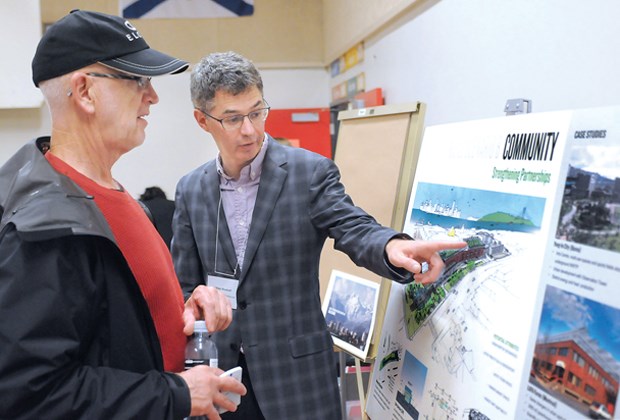It's going to cost a lot more to flush toilets on the North Shore soon.
With the cost of building a new sewage treatment plant looming on the North Shore, sewage bills for North and West Vancouver homeowners are expected to double over the next decade.
In a worst-case scenario, those bills could more than triple.
But whether that actually happens depends considerably on how many dollars senior governments will commit to the project.
"We need cost sharing with the provincial and federal governments," said City of North Vancouver Mayor Darrell Mussatto, who is chair of Metro Vancouver's utilities committee. "It's critical."
The regional government has until 2020 to get a new secondary treatment plant on the North Shore up and running, in order to meet current environmental regulations.
The current Pemberton Avenue plant, which is 50 years old, is one of two remaining primary treatment plants in the region.
That treatment process only filters out solid material.
Secondary treatment will use a biological process to remove about 90 per cent of dissolved material from liquid waste.
Metro Vancouver plans to build the new secondary treatment plant just east of the existing plant, and use a fairly conventional "deep tank" secondary treatment process.
The regional government had earlier considered using more advanced technology, including one method that would have provided a higher level of tertiary treatment.
Those options were rejected after estimates of both capital and operating costs came in double that of a more conventional treatment system.
"The cost order of magnitude is very significant," said Mussatto. "To do (tertiary treatment) is into the billions."
The plant will be designed so that tertiary treatment can be added later, however.
As it is, the new sewage plant will still not come cheap.
While early estimates pegged the cost of the plant at about $400 million, the latest figures put the cost at between $500 million and $700 million, said Fred Nenninger, project manager with Metro Vancouver.
Operating costs are also expected to be between $10 million and $11 million annually - about $3 million more a year than the existing plant.
How the cost of the plant will be shared among taxpayers throughout the Lower Mainland is a topic of continued political debate.
Mussatto said recently, politicians have come around to the idea that it makes sense for the entire region to pay about 70 per cent of the capital costs for the new plant, while North Shore taxpayers shoulder the other 30 per cent.
That also means that when other sewage plants need upgrades, North Shore taxpayers will have to contribute. "Everybody pays," said Mussatto.
Metro Vancouver officials hope to have a final analysis of costs complete by the beginning of 2014, along with an analysis of whether the project should be considered for a public private partnership. Mussatto said the regional government plans to be first in line when the federal government begins taking applications for its latest infrastructure grant program early next year.
"The day they open we're going to be there with our application," he said.
North Shore politicians have also been lobbying provincial cabinet ministers to ensure the sewage plant gets the nod as a high priority project for the province.



